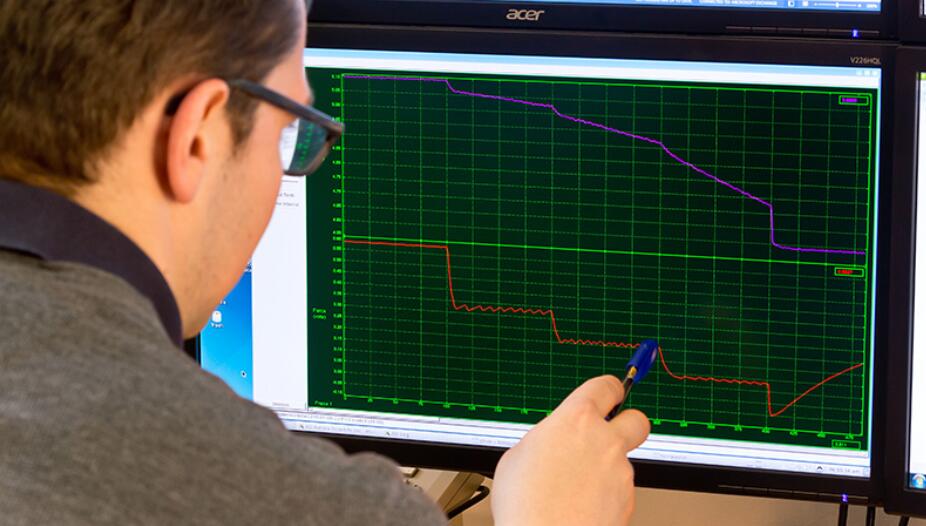1700A: Myofibril System – Microscope Mountable
型号:1700A
价格:请致电:010-67529703
品牌:aurorascientific
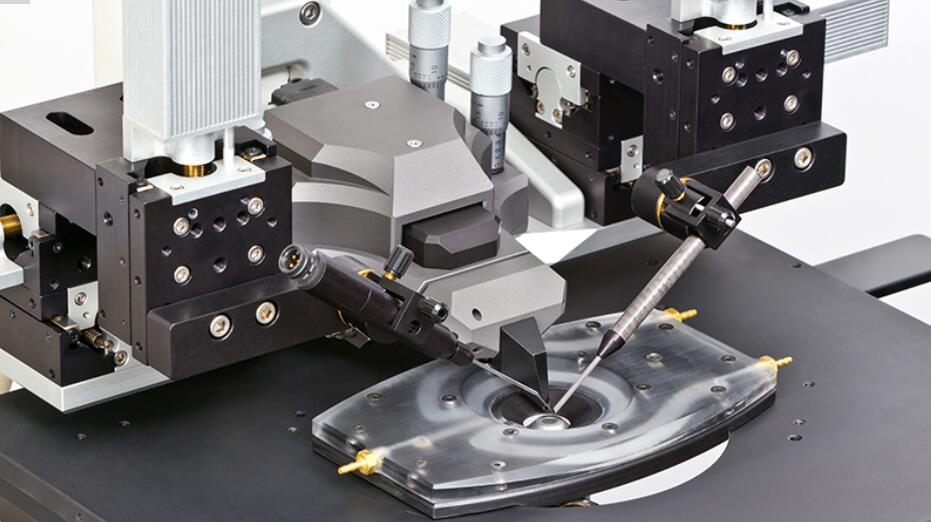
Overview
The 1700A Myofibril System is the first commercially available myofibril system specifically designed to measure the nano Newton forces arising from activation of single myofibrils. This is a complete test system, including all hardware required to characterize myofibril contraction. The 1700A includes: 470A Myofibril Atomic Force Microscopy (AFM) Transducer, 340A Piezo Length Controller, temperature controlled bath, 470A-XYZ motorized translation stages, 820A Dual XYZ Motion Controller for computer control of both AFM cantilever and glass needle positioning, solution valve controller, solution switching motor driver and our real-time Linux 600A Data Acquisition System.
The 470 Myofibril AFM Transducer utilizes atomic force microscopy and the optical beam deflection method to measure the nano Newton forces that arise from single myofibril activation. The myofibril is held between an AFM cantilever, which acts as a highly-sensitive force transducer, and a glass needle, connected to the 340A Piezo Length Controller. Controlling length and measuring force allows the 1700A Myofibril System to provide complete mechanical characterization of the myofibril. Depending on the cantilever used, the full-scale force is 1-10?N with an astounding resolution of 1nN.
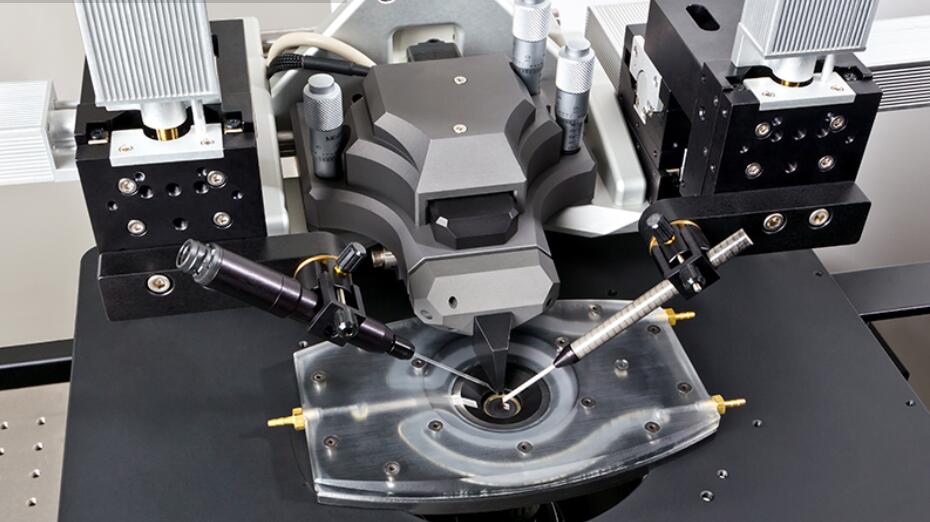
The 1700A contains a temperature regulated tissue bath as well as controls for a buffer exchange system, crucial components for quick activation of any myofibril. The apparatus can easily be mounted on an inverted microscope, providing easy and clear access to both the bath and myofibril.
Customizable protocols for mechanical characterization of myofibrils can be performed using our 600A Data Acquisition System and when combined with our optional 900B/901C VSL sarcomere length measurement software, the researcher can control and measure length, force, and sarcomere length.
The 1700A Myofibril System was invented by Dilson Rassier and Aleksander Labuda, McGill University, Montreal, Canada where it was nicknamed “The Penguin”. The 1700A System is Patent Pending (US Patent Application No.: 13/097,197). Aurora Scientific is the exclusive, worldwide, licensee of the 1700A “Penguin” system.
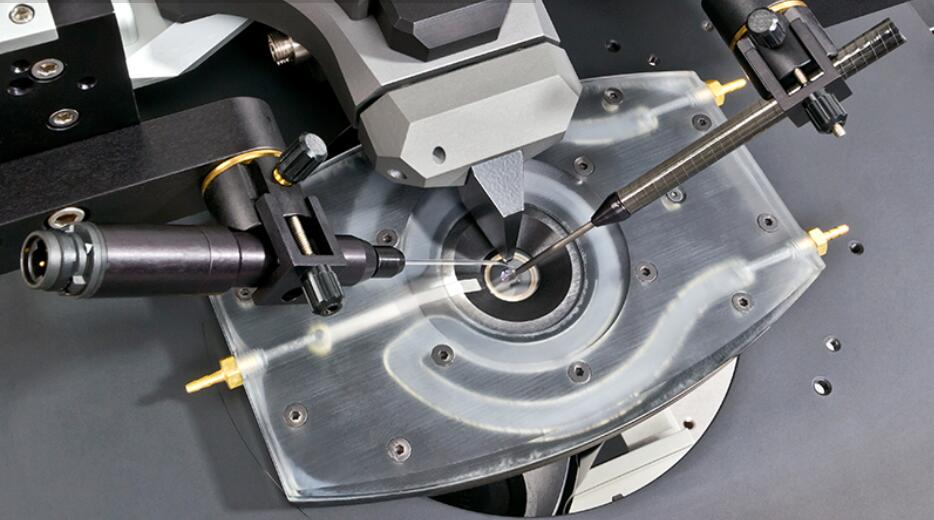
Features
- complete test system for permeabilized myofibrils
- temperature regulated tissue bath
- simple mounting on an inverted microscope
- computer controlled, motorized XYZ micro-positioning stages
- includes buffer valve and of a solution switcher contols
- control and measure force, length, and sarcomere spacing
- measure force-pCa, kTr, stiffness, length-tension and force-velocity relationships
- seamlessly interfaces with Aurora Scientific 900B High-Speed Video Sarcomere Length system (HVSL)
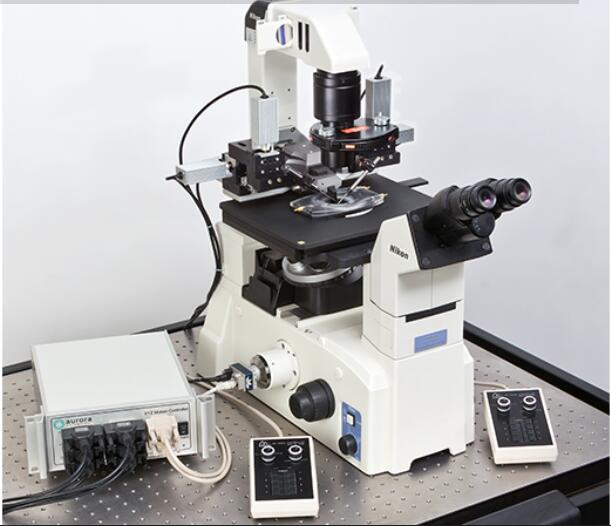
Citations
Schappacher-Tilp, Gudrun et al. “Computing Average Passive Forces in Sarcomeres in Length-Ramp Simulations .” PLoS Computational Biology 12.6 (2016): e1004904.
Cornachione, Anabelle S. et al. “The increase in non-cross-bridge forces after stretch of activated striated muscle is related to titin isoforms.” American Journal of Physiology - Cell Physiology 310.1 (2016): C19-C26.
Leite, Felipe S. et al. “Reduced passive force in letal muscles lacking protein arginylation.” American Journal of Physiology - Cell Physiology 310.2 (2016): C127-135.
Powers, Krysta et al. “Decreased force enhancement in letal muscle sarcomeres with a deletion in titin.” Journal of Experimental Biology 219.9 (2016): 1311-1316.
Minozzo, Fábio C., David Altman, and Dilson E. Rassier. “MgADP activation contributes to force enhancement during fast stretch of isolated letal myofibrils.” Biochemical and Biophysical Research Communications 463.4 (2015): 1129-1134.
Philippou, Anastassios et al. “Masticatory muscles of mouse do not undergo atrophy in space.” The FASEB Journal 29.7 (2015): 2769-2779.
Rassier, Dilson, and Aleksander Labuda. “Method and apparatus for measuring cantilever deflection in constrained spaces.” (2014): U.S. Patent No. 8,667,611.
Cornachione, Anabelle S. et al. “Arginylation of Myosin Heavy Chain Regulates letal Muscle Strength.” Cell Reports 8.2 (2014): 470-476.
Yamada, Takashi et al. “Nitrosative modifications of the Ca2+ release complex and actin underlie arthritis-induced muscle weakness.” Annals of the Rheumatic Diseases 74.10 (2014): 1907-1914.
Ribeiro, Paula A.B. et al. “Contractility of myofibrils from the heart and diaphragm muscles measured with atomic force cantilevers: Effects of heart-specific deletion of arginyl-tRNA-protein transferase.” International Journal of Cardiology 168.4 (2013): 3564-3571.
Labuda, Aleksander et al. “Optical detection system for probing cantilever deflections parallel to a sample surface.” Review of Scientific Instruments 82.1 (2011): 013701.
Rassier, Dilson E. “Striated Muscles: From Molecules to Cells.” Advances in Experimental Medicine and Biology Muscle Biophysics (2010): 1-6.
Joumaa, Venus, Walter Herzog, and Dilson E. Rassier. “904-Plat Critical Sarcomere Length Extension and Phase Transition Of Force During Lengthening Of letal Muscle Myofibrils.” Biophysical Journal 94.2 Supplement (2008): 305-307.
